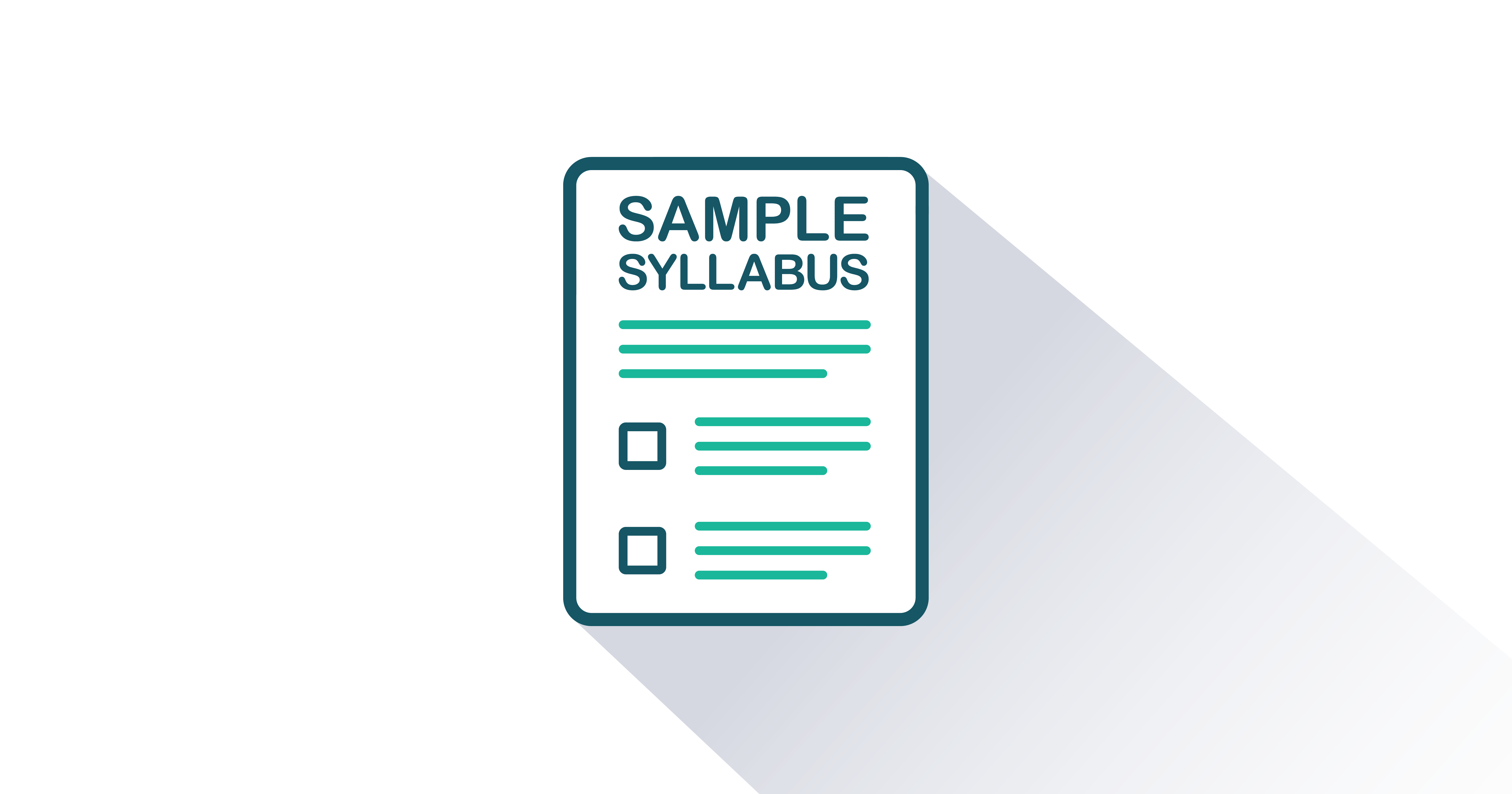- Published
- August 2021
- Page Count
- 1038
- ISBN (Digital)
- 978-1-4533-3769-1
Principles of Economics

Version 4.0
By Libby Rittenberg, Alan Grant, and Timothy Tregarthen
Included Supplements
Key Features
- Over 90 hyperlinked videos, specifically chosen to capture students’ interest, counter the perception of economics as the “dismal science,” and reveal the deeper meanings of economic principles in memorable ways
- The integrating theme for the microeconomics chapters is the marginal decision rule, a simple approach to choices that optimize the value of some objective. Instead of a hodgepodge of rules for different market conditions, the authors provide a commonly accepted foundational rule that can be applied within any market setting
- The integrating theme for the macroeconomics chapters is the model of aggregate demand and aggregate supply. This model encourages learners to consider both short-run and long-run concepts in order to address a variety of policy issues and debates more efficiently
- Every chapter begins with a brief Start Up scenario, a timely, real-world attention-getter that often puts students into a decision-making role. Examples include: Would you raise or lower public-transit fares to address rising costs? (Chapter 5); why is it so hard to find an inexpensive pair of eyeglasses (Chapter 11); and what’s the best strategy for becoming a millionaire (Chapter 23)
- Seamlessly incorporates the lessons learned so far from the COVID-19 pandemic and the related recession
- Relies heavily on real-world data to support the models presented, and not just where routinely expected (GDP, unemployment, inflation, etc.). For instance, in the macroeconomics portion of the book, the aggregate demand and aggregate supply chapter illustrates the remarkable correlation between consumer confidence and spending on durable goods over a 60-year time horizon (Figure 20.3); the microeconomics section of the book uses real-world data on longevity to determine the optimal duration of exercise
- Supportive learning features include:
- Start Up features are attention-getting real-world chapter-openers that vividly demonstrate the link between theory and reality, and are revisited throughout the chapter
- Learning Objectives lead off every main section
- Heads Up! notes warn of common errors and explain how to avoid making them
- Key Takeaways in each section summarize content and link back to that section’s Learning Objectives
- Key Terms are boldfaced and defined in the margins
- Pop! Goes the Econ features provide links to contemporary examples that connect with students. Engaging examples include “Perfect Substitutes (Books vs. Laptops)” (Section 3.2), “Forrest Gump and Monopoly Power” (Section 6.4), “Bart Simpson Starts a Bank Run,” (Section 22.3), and “Fiscal Policy in South Park” (Section 25.3)
- Try It! problems are organized by main section. These problems encourage active learning and help students confirm they understand the material just covered. Each Try It! problem is linked to a similar end-of-chapter exercise
- Case in Point scenarios are applications illustrating the influence of economic forces on real issues and real people such as “Getting Out of the Egg Business” (Section 5.3) or “Hold on Tight: Money Demand in the Coronavirus Crisis” (Section 23.4). Each Case in Point application is linked to an end-of-chapter problem
- Summary pulls together the information presented in the chapter to enhance recall and facilitate test preparation
- End-of-Chapter Concept Problems and Numerical Problems help students check understanding, promote discussion, and prompt learners to analyze and think critically about material just presented
Students
- Online Access Price
- $49.95
- Color Printed Textbook with Online Access Price
- $86.95
Principles of Economics is suitable for introductory economics courses usually called principles of economics, economics principles, introductory economics, or similar titles taught primarily at the undergraduate level at two- and four-year colleges and universities. The course may also be taught at the MBA level. This full-length volume encompasses both microeconomics and macroeconomics and would typically be used in a full-year sequence. Separate volumes titled Principles of Microeconomics and Principles of Macroeconomics are available for semester- or quarter-long courses.
This new version of Principles of Economics welcomes a third co-author, Alan Grant, who brings fresh, classroom-based insights that enliven the text and bring it fully up to date. The two core premises of this book remain constant, however:
- Economics is a unified discipline and not a bewildering array of seemingly unrelated topics. As a result, Version 4.0 remains structured around key integrating themes of the marginal decision rule (microeconomics) and the model of aggregate demand and aggregate supply (macroeconomics).
- Basic economic principles are relevant to daily life and should be explained in everyday contexts. In this way, learners more readily perceive and understand the deeper meaning of core economic ideas. Engaging in-text applications and plentiful embedded video links are drawn from sports, politics, campus life, popular culture, and other familiar settings to illustrate the connections between theoretical principles and common experiences.
Examples of the forward-looking perspective of Version 4.0 include new research on technological change and the wage gap, the impact of graduating college during an economic downturn, policies to reduce carbon emissions, and controversies surrounding the effectiveness of monetary and fiscal policy. This version also provides an up-to-date evaluation of the COVID-19 recession, including data-driven descriptions of the extraordinary policy response by the Federal Reserve and the government’s equally extraordinary fiscal response. There is also new discussion of the Chinese economy’s unprecedented economic growth and projections regarding the future pace of that growth. As in previous editions, there is an appropriate balance between current issues and historical context.
New in This Version
New in This Version:
- Significantly reorganized and streamlined coverage:
- The previous version’s coverage of interest rates and capital has been folded into Chapter 27 “Investment and Economic Activity.” Coverage of natural resources has been integrated into Chapter 15 “The Economics of the Environment and Natural Resources”
- Labor market analysis is now presented in a single chapter, Chapter 12 “Factor Markets”
- Coverage of basic antitrust is now included in Chapter 10 “Monopoly”
- The macro section now begins with three chapters dedicated to three key components: output, inflation, and unemployment
- The previous version’s extensive coverage of the Phillips curve has been streamlined and is now included in Chapter 24 “Monetary Policy and the Fed”
- New or significantly reorganized chapters:
- Chapter 17 “Introduction to the Macroeconomy: Measuring the Economy’s Output”
- Chapter 18 “The Price Level and Inflation”
- Chapter 19 “Unemployment”
- Appendix B “The Solow Model of Economic Growth”
- New or expanded sections on:
- Taxes (Chapter 4)
- Why elasticity matters (Chapter 5)
- Asymmetric information and market failures in health care (Chapter 6)
- Price discrimination (Chapter 11)
- Partial equilibrium analysis of the gains from trade and the effects of tariffs (Chapter 14)
- Fed’s new fourth tool of policy (Chapter 22)
- In March 2022, a new write up on central banking was added via the "Regime Shift at the Fed" box (Section 22.4)
- Functions of financial instruments (Chapter 23)
- Solow Growth Model (Appendix B)
- A total of 46 new or substantially revised Case in Point features that include:
- The Opportunity Cost of COVID-19 (Chapter 1)
- Is Beer a Normal Good? (Chapter 3)
- Uber Finds the Market Equilibrium (Chapter 3)
- The Topsy-Turvy World of 2020 Oil Prices (Chapter 4)
- The Supply Elasticity of Toilet Paper and the Coronavirus Crisis of 2020 (Chapter 5)
- Beating the Reaper: Exercise and the Production of Longevity (Chapter 8)
- A Textbook Case of Market Power (Chapter 10)
- Pro Sports Teams as Monopsonists (Chapter 12)
- Thinking Outside the Box on Climate Change (Chapter 15)
- Hidden Figures: GDP Surprises in the COVID Recession (Chapter 17)
- Ay Caracas! Inflation, Venezuelan Style (Chapter 18)
- Is Unemployment Insurance a Blessing or a Curse? (Chapter 19)
- Tortoise and Hare: Will China Catch the United States? (Chapter 21)
- Is Bitcoin Money? (Chapter 22)
- Not-So-Great Financial Instruments Touch Off Great Recession (Chapter 23)
- The Fed’s Job May Be Easing, but It Isn’t Easy (Chapter 24)
- An Oprah Stimulus (Chapter 25)
- Investment in a COVID Recovery (Chapter 27)
- Substantially expanded, updated, upgraded illustration program featuring more use of color, such as
- “A Demand Schedule and a Demand Curve” (Figure 3.1)
- “An Increase in Demand” (Figure 3.2)
- “Changes in Demand and Supply” (Figure 3.10)
- “A Change in Expectations Affects the Price of Intel’s Corporate Stock” (Figure 4.8)
- “Price Floors in Wheat Markets” (Figure 4.9)
- “A Recessionary Gap” (Figure 20.14)
- “An Inflationary Gap” (Figure 20.15)
- “Expansionary Monetary Policy to Close a Recessionary Gap” (Figure 24.1)
- Macroeconomics coverage draws more heavily on real-world data from the Federal Reserve Bank of St. Louis’s FRED database
- About the Authors
- Acknowledgments
- Dedication
- Preface
-
Chapter 1: Economics: The Study of Choice
-
Chapter 2: Confronting Scarcity: Choices in Production
-
Chapter 3: Demand and Supply
-
Chapter 4: Applications of Demand and Supply
-
Chapter 5: Elasticity: A Measure of Response
-
Chapter 6: Markets, Maximizers, and Efficiency
-
Chapter 7: The Analysis of Consumer Choice
-
Chapter 8: Production and Cost
-
Chapter 9: Competitive Markets for Goods and Services
-
Chapter 10: Monopoly
-
Chapter 11: The World of Imperfect Competition
-
Chapter 12: Factor Markets
-
Chapter 13: Public Finance and Public Choice
-
Chapter 14: International Trade
-
Chapter 15: The Economics of the Environment and Natural Resources
-
Chapter 16: Inequality, Poverty, and Discrimination
-
Chapter 17: Introduction to the Macroeconomy: Measuring the Economy’s Output
-
Chapter 18: The Price Level and Inflation
-
Chapter 19: Unemployment
-
Chapter 20: Aggregate Demand and Aggregate Supply
-
Chapter 21: Economic Growth
-
Chapter 22: The Nature and Creation of Money
-
Chapter 23: Financial Markets and the Economy
-
Chapter 24: Monetary Policy and the Fed
-
Chapter 25: Government and Fiscal Policy
-
Chapter 26: Consumption and the Aggregate Expenditures Model
-
Chapter 27: Investment and Economic Activity
-
Chapter 28: Net Exports and International Finance
-
Chapter 29: A Brief History of Macroeconomic Thought and Policy
-
Appendix A: Graphs in Economics
-
Appendix B: The Solow Model of Economic Growth
-
Appendix C: Extensions of the Aggregate Expenditures Model

FlatWorld Homework
FlatWorld Homework includes multi-format questions written specifically for your FlatWorld book, which you can access through our stand-alone interface or integrate with your learning management system.

Instructor’s Manual
The Instructor’s Manual guides you through the main concepts of each chapter and important elements such as learning objectives, key terms, and key takeaways. Can include answers to chapter exercises, group activity suggestions, and discussion questions.

PowerPoint Lecture Notes
A PowerPoint presentation highlighting key learning objectives and the main concepts for each chapter are available for you to use in your classroom. You can either cut and paste sections or use the presentation as a whole.

Test Generator - powered by Cognero
FlatWorld has partnered with Cognero, a leading online assessment system, that allows you to create printable tests from FlatWorld provided content.

Test Bank Files for Import to Learning Management Systems
For your convenience, we've packaged our test items for easy import into Learning Management Systems like Blackboard, Brightspace/D2L, Canvas, Moodle, or Respondus.

Solutions Manual
For exercises that need a little more explanation, our Solutions Manual will take you step by step through solving the problem and offer explanations on the answer.

Test Item File
Need assistance in supplementing your quizzes and tests? Our test-item files (in Word format) contain many multiple-choice, fill-in-the-blank, and short-answer questions.

Sample Syllabi
Sample syllabi provide useful templates to help new faculty adopters revise their teaching plans to match their assigned FlatWorld textbook or lend insights to existing adopters on how to organize their classes.
DownloadAt FlatWorld, we take pride in providing a range of high-quality supplements alongside our titles, to help instructors teach effectively. Supplements are available for instructors who have registered their adoption with us. If you need to review or preview something specific, please contact us.
Already registered? Sign in here.
Additions & Errata
5/23/25: "Pop! Goes the Econ: Truth and Information in Advertising" video in Section 11.4 was removed due to the link being broken.
4/6/23: Video in chapter 3.2 updated.
12/17/21:
Section 7.5:
In Concept Problem #14.6, the word “relatively” was added so that it now reads: "T/F: When Sheldon and Amy are maximizing their utility, Sheldon will be consuming relatively more ham than Amy, and Amy will be consuming more cheese than Sheldon."
Section 9.5:
In Numerical Problem #1, the word “graph” was changed to “table.”
Section 12.5:
In Numerical Problem #5, part “d” was removed because it asked for the same information that part “b” asked for.
Section 16.3: The subheading for “Tax and Transfer Policy” was fixed.
Section 17.2:
In “Case in Point: Hidden Figures—GDP Surprises in the COVID-19 Recession,” in the third paragraph, “nondurables” was corrected to “durables” in the following sentence: “Particularly telling was the behavior of consumer durables, which, after an initial decline, exploded to far beyond pre-pandemic levels.”
Section 17.4:
Learning objective #2 had the words “GNP or” removed so that it now reads: “Explain the use of per capita real GDP to compare economic performance across countries and discuss its limitations.”
Section 25.2:
Figure 25.7 and Figure 25.9 have been updated to show more context and some related stats were changed in the text.
Section 27.5:
The following was added for Numerical Problem #6: “Assume a 5% interest rate.”
Section 29.4:
Figure 29.10 title had the year corrected to “2020” so that it now reads: “M2 and Nominal GDP, 1980–2020.”
3/27/22:
Section 19.3:
Fixed broken "Pop! Goes the Econ: Video Killed the Radio Star” link to: https://youtu.be/W8r-tXRLazs.
Section 22.4:
Updated second bullet under Key Takeaways and added “Regime Shift at the Fed” box and attachment at the end of the chapter.
6/7/22:
Section 11.2: Missing paragraph was added at the end of the "Case in Point: Craft Brewers—The Rebirth of a Monopolistically Competitive Industry" box.
